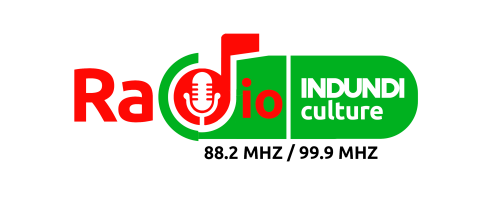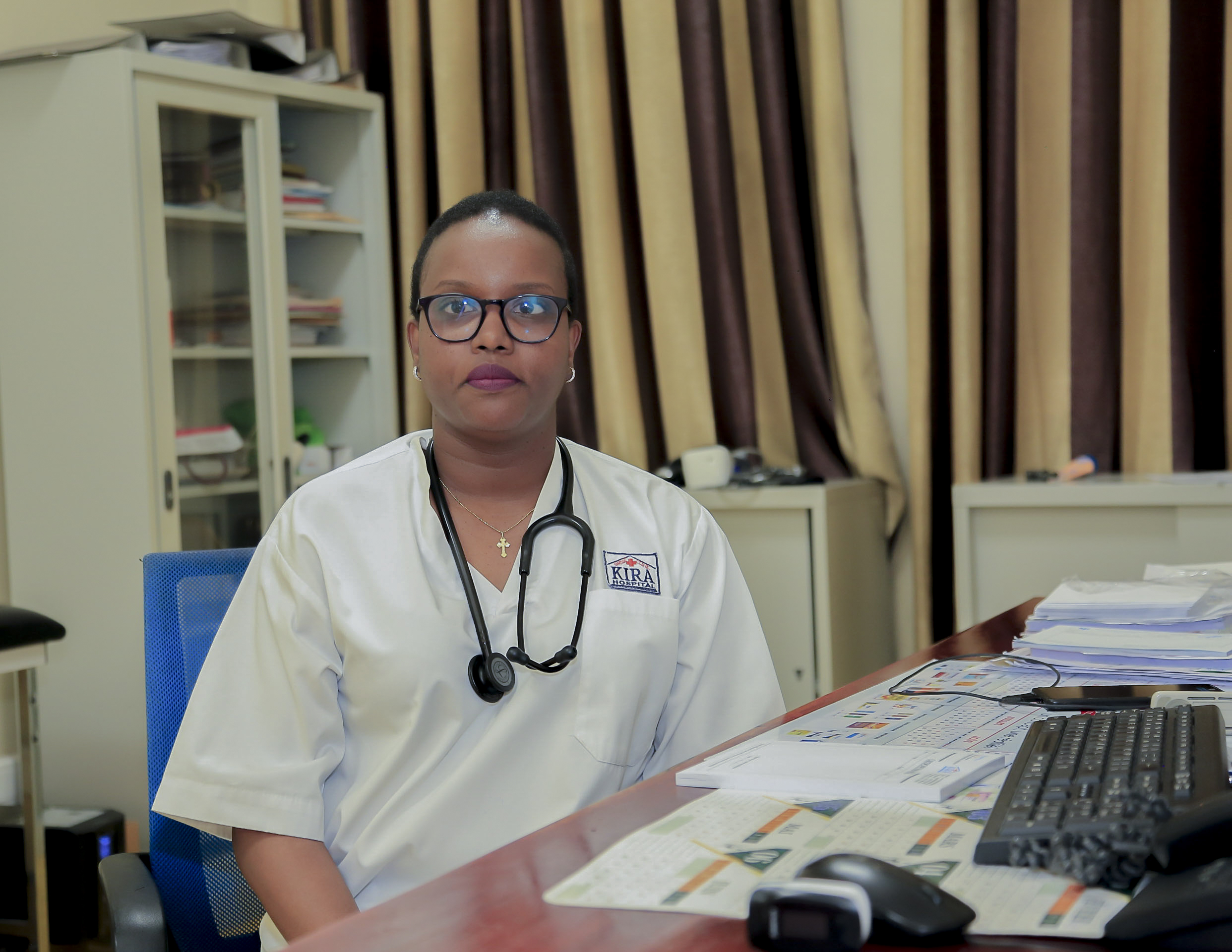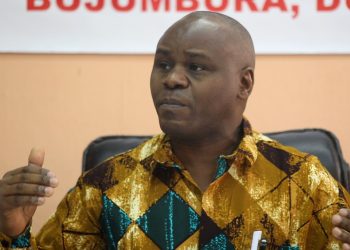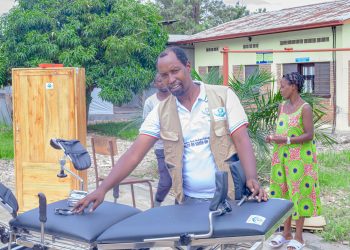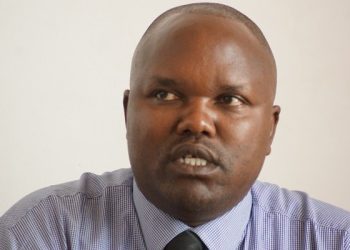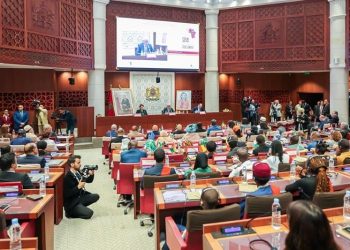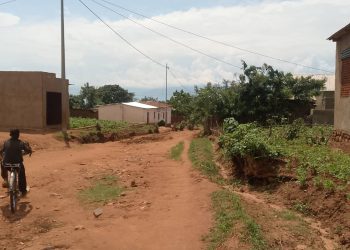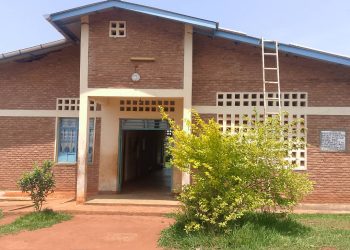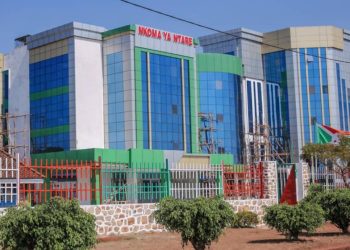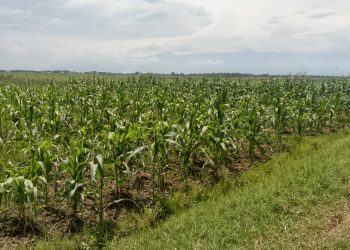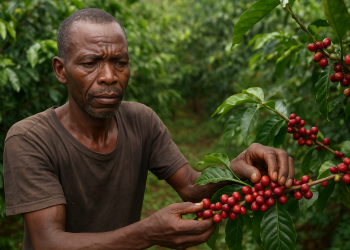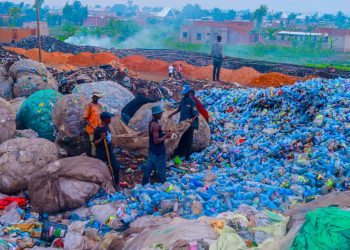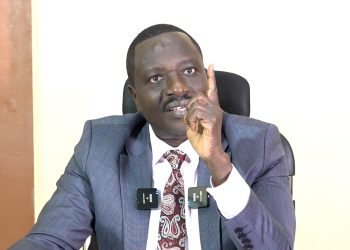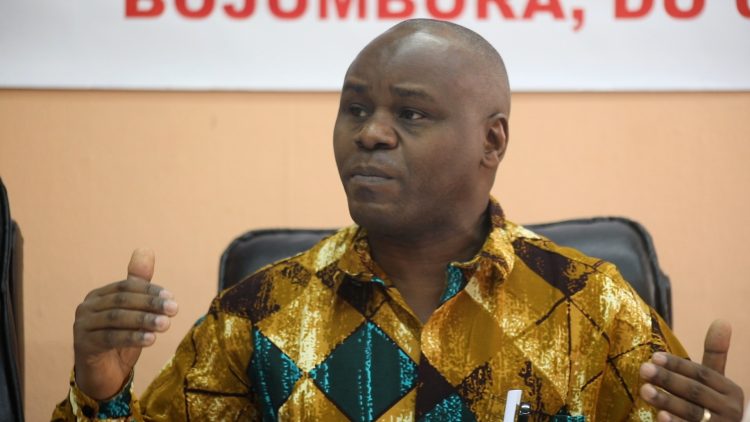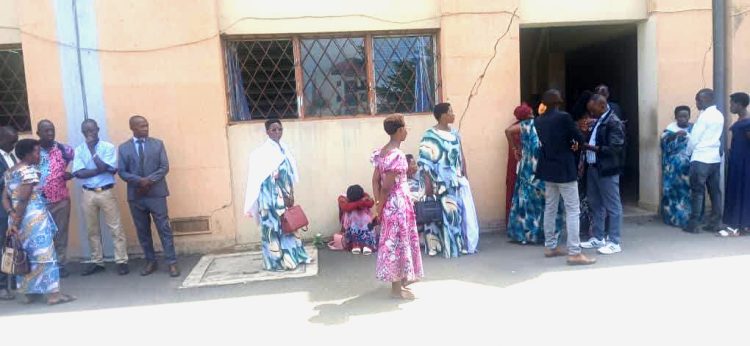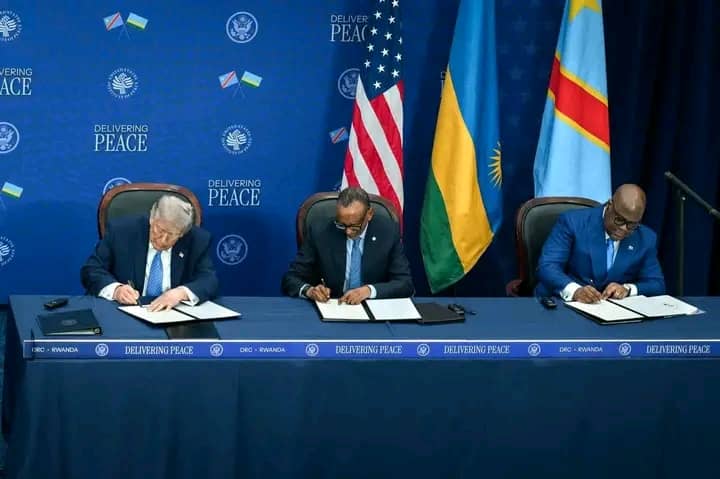By Avit Ndayiziga
Deteriorating living conditions fuel hypertension cases in Burundi
Burundi, like other developing countries, faces numerous challenges. These include non-communicable diseases (NCDs), which weigh heavily on the impoverished population and the East African country’s health system.
According to the World Health Organization (WHO), non-communicable diseases accounted for 32% of Burundi’s total fatalities in 2018. Hypertension or high blood pressure stood as the leading cause of death, amounting to 12% of all deaths in the country, as reported by Burundi’s health profile released in May 2021.
As a silent killer, hypertension masks its root causes. On top of that, health practitioners attribute a variety of risk factors to it. These include old age, stress, genetics, drug abuse, unhealthy diets, physical inactivity, and others that are yet to be documented.
Martha Mugombe, a 48-year-old widow and urban refugee residing in the Kinama neighborhood of the Ntahangwa Commune, Bujumbura municipality was diagnosed with hypertension eight years ago.
“My heartbeat accelerated, and I felt short of breath, with a strong sense of vertigo or dizziness, and a persistent headache. I then visited a healthcare facility where I was diagnosed with hypertension,” Martha noted.
It all started years ago in the Democratic Republic of Congo (DRC), she continued.
“Before fleeing the DRC, my beloved husband died, leaving me to care for four children on my own. Worse, criminals brutally assaulted and raped women and killed my neighbors in front of my eyes. As a refugee living in Bujumbura with such horrendous food inflation and the heavier responsibility of feeding my four kids in my poverty-stricken situation, I am under constant pressure and stress. Doctors have told me that this could have been the cause of this hypertension and that I should try to ignore it by forgetting the sorrowful events and avoiding sadness,” Martha added.
A 61-year-old widow, Helena Ndayisaba, suffers from both hypertension and diabetes, which doubly worsen her daily life situation. She believes that the difficult life she leads, in conjunction with the sorrow and depression over her 10 children’s inability to financially support her, might be the cause of her hypertension.
“Imagine, my family survives solely on the profits I make from hawking soaked cassava and peanuts as I gave birth to 10 children who do not support me. Seeing other children helping their mothers around has been saddening my spirit as mines provide no such financial assistance. It leaves me brokenhearted with melancholic thoughts. I have to buy diabetes and hypertension medication monthly, which costs me at least BIF 90,000 a month. How could I avoid hypertension with this difficult and costly lifestyle?” Helena cried out.
Irene Nduwimana, a lecturer at the Université Lumière de Bujumbura, Kinindo Campus, and a clinical psychologist who specializes in mental health issues, acknowledges that prolonged stressors results in chronic stress which is harmful to physical and mental health and is among hypertension risk factors. The deterioration of living conditions, he adds, also contributes to stress that fuels hypertension.
“When I consider various stressors such as poverty, bills overdue, the loss of a beloved one, and failure of exams for students and others to name a few, Bujumbura city comes to the forefront compared to other parts of Burundi,” further notes the researcher.
For instance, continues the clinical psychologist,renters who are possibly struggling financially due to the recent soaring food prices from an inflation rate of 41.5%, as noted by the Central Bank, find it burdensome to pay their landlords on time. This creates a feeling of uneasiness and leads to more stress among these individuals.”
When under stress, several factors affect the heart, muscles, and nervous system.
“When stressed, the body experiences an outburst of hormones. These hormones activate the fight-or-flight response in the body. Cortisol and Norepinephrine are the main ones. Cortisol is responsible for regulating blood circulation throughout the veins. When someone is stressed, cortisol levels rise and push more blood through the main vessels resulting in high blood pressure. Meanwhile, norepinephrine causes constriction of blood vessels and heartbeat acceleration, thus leading to higher blood pressure,” the clinical psychologist emphasized.
Dr. Ginette Muhimpundu, a cardiologist at Kira Hospital, reveals that high blood pressure, widely known as a “silent killer”, has no signs or symptoms, and numerous people are unaware they have it. This lack of awareness prevents them from undergoing a rush screening, putting their lives at risk due to the diseases that often come with it.
According to her, hypertension diagnosis requires frequent monitoring with a high blood pressure monitor along with an inflatable cuff that goes over the upper arm while sitting to confirm its presence.
“When the blood pressure monitor (electronic or manual) remains elevated and above normal, with systolic readings of 140 and diastolic of 90, it is a high blood pressure diagnosis,” noted Dr. Muhimpundu.
No causes are yet identified for essential or primary high blood pressure.
“The majority of cases, 90%, involving essential or primary hypertension have unknown causes and must be managed accordingly. On the other hand, for the remaining 10%, other medical conditions such as kidney and endocrine ailments are found to be the root cause. Fortunately, when those diseases are treated medically, it ends up curing hypertension. This makes the situation much more manageable,” the cardiologist underlined.
Even though hypertension masks its root causes, it has risk factors.
“There are some external risk factors such as age. Men for instance are at risk at the age of 50 while it is at 60 years for women. On the other hand, internal risk factors are smoking, physical inactivity, unhealthy diets, alcoholism, obesity, and family predisposition,” the specialist added.
Besides these factors, people, especially children under the age range above-mentioned, also develop hypertension.
“Maybe this is highly linked to the deteriorating living conditions or family predisposition, but in most cases, it is secondary hypertension that results from other diseases,” the cardiologist concluded, stating that treating hypertension is a lifetime process, which has an economic impact on both individuals and health institutions.

Jonathan Nikora, the leader of AMPROPLAMEBU, an association of people engaged in improving traditional medicine, claims that traditional medicine can cure hypertension.
“When hypertensive patients come to us, we check their results from modern medicine to determine the level and treat it accordingly. After giving them our medicines, we send them back to bring new readings on their high blood pressure monitors. In most cases, they are cured,” Jonatham noted.
However, the herbalist regrets that Burundians do not trust traditional medicine even though it is a culture of Burundi that everyone uses at some point, and the cheapest as well.
It is worth noting that the WHO supports scientifically-proven traditional medicine. However, the global health body calls for prudence when it comes to non-prescribed medicines. Research institutions provide the state of things specifically on patients using herbs in the hypertension treatment on the African continent.

Dr. Jean de Dieu Havyarimana, The Managing Director of the National Protocol for the Prevention and Management of Hypertension in Burundi, put in place on March 3, 2021, recognizes that the Ministry of Public Health and Fight Against AIDS has a traditional medical department. Also, he asserts that a lot of improvements need to be done to determine the right dose level of traditional medicine before its usage. For him, people should follow doctors’ medical prescriptions.
“In this protocol for the prevention and management of hypertension, we recommend that people rely on scientifically-proven medicines,” he warned.
The Managing Director acknowledges, however, that the depleting living conditions fuel hypertension cases in Burundi. Furthermore, he urges Burundians to prevent hypertension risk triggers since prevention is better than cure.
“Even though we are facing tough living conditions likely to increase hypertension cases, we have made considerable progress in preventing and managing it. Since the adoption of the protocol, we have increased the number of doctors who can screen it. Given that prevention is better than cure, we have raised awareness among community members to test early and prevent it from reaching the harmful phases. When it reaches the harmful phase, it results in complications like heart attacks or failure, kidney damage, stroke, or celiac damage. In addition, we made protocol available at different healthcare centers,” the doctor highlighted.
To limit tobacco and alcohol consumption, the two major hypertension risk factors, the protocol recommends a high increase in taxes on tobacco and alcoholic beverages. However, it has not yet been implemented.
“True, it would reduce drug abuse; however, the Ministry of Public Health and the fight against AIDS cannot implement that decision alone. Other stakeholders such as the Burundian Revenue Authority (OBR) and the Ministry of Commerce, Trade, and Tourism must play their role,” Dr. Havyarimana indicated.
Other major constraints snarling the hypertension prevention and management protocol is the lack of modern data collection tools and technologies to keep track of newly identified cases.
Both doctors call for some low-cost and natural methods of preventing high blood pressure. These include physical activity of 30 minutes per day, not using excessive amounts of table salt on food, abstaining from consuming alcohol, smoking, and opting for a nutritious diet consisting mainly of fruits and vegetables.
Dr. Havyarimana also stated that the government of Burundi is working closely with the WHO to meet the “best buys” and other recommended interventions for the prevention and control of NCDs set to reduce their four key risk factors (tobacco, harmful use of alcohol, unhealthy diet, and physical inactivity) and for four disease areas (cardiovascular disease, diabetes, cancer, and chronic respiratory disease).
According to NCDs country profiles published by the WHO in 2018, 5500 lives can be saved in Burundi by 2025 by implementing all the WHO “best buys” above-cited.
In the East African Community, Kenya would save 30900, Rwanda 9100, South Sudan 8000, Uganda 5800, and Tanzania 21600 people from death.
According to the same document, almost 10 million premature deaths from NCDs can be avoided by 2025 if governments worldwide decide today to implement the WHO “best buys” for NCDs, endorsed by the World Health Assembly in 2017. Doing so will prevent 17 million strokes and heart attacks by 2030 in the poorest countries, and generate US$ 350 billion in economic growth. Every US$1 invested in the proven interventions for NCDs will yield a return of at least US$7 by 2030.
